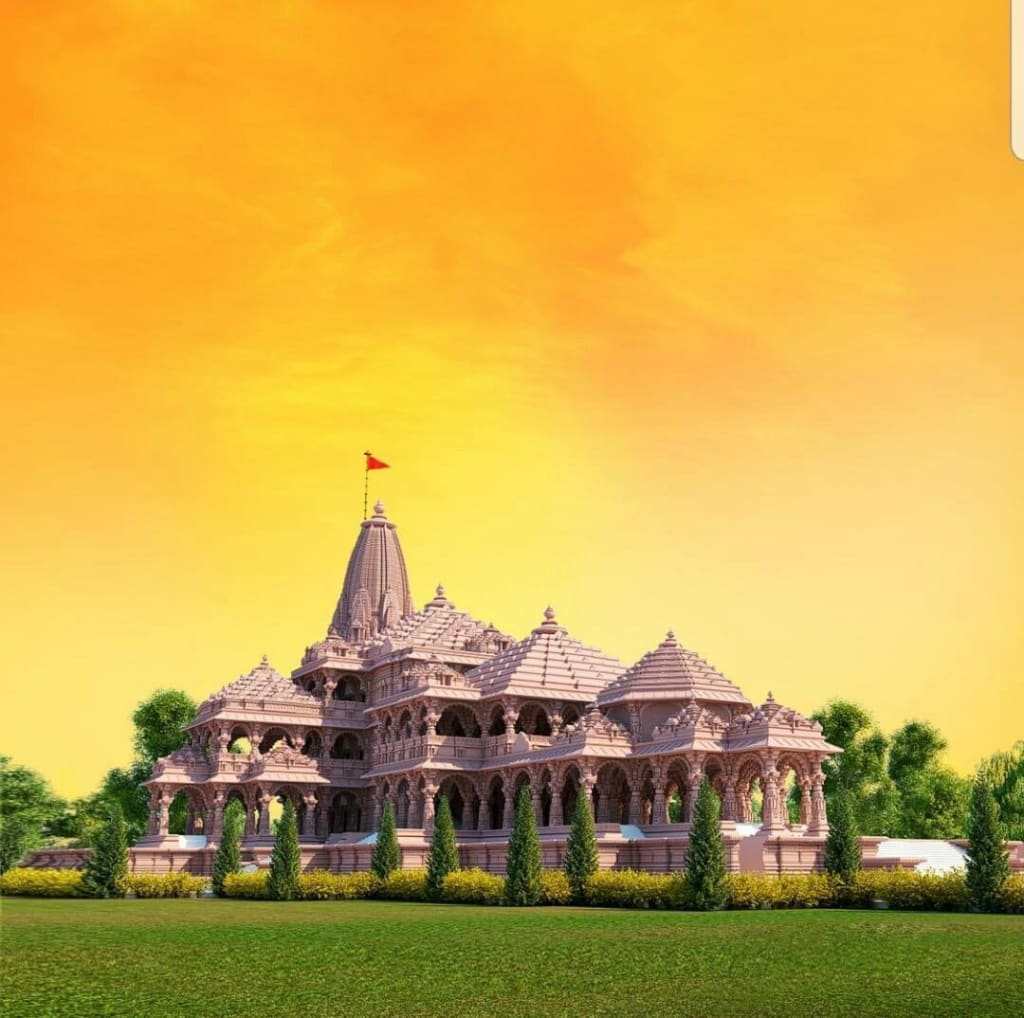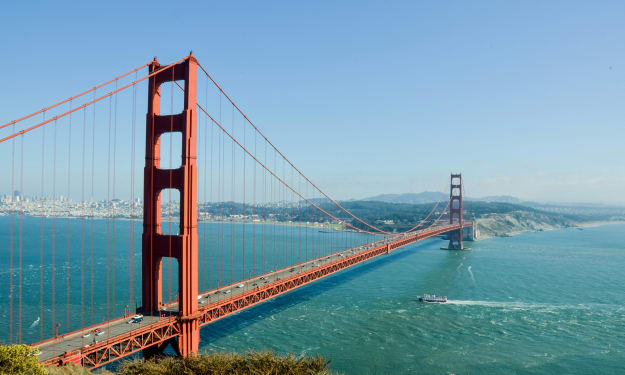
The city of Ayodhya, which is located in the northern Indian state of Uttar Pradesh, has a millennium-long history. From its mythical beginnings in Hindu mythology to its current prominence in the socio-political sphere, Ayodhya has developed into a religious and cultural icon. This thorough investigation will cover Ayodhya’s varied history, including its mythological beginnings, historical periods, cultural legacy, and the divisive topics that have defined its tale.
Mythical Origins and Ancient History: Hindu mythology, especially the epic Ramayana, which is credited to the sage Valmiki, is the source of Ayodhya’s historical narrative. Ayodhya was the capital of the powerful Kosala Kingdom, headed by King Dasharatha, according to the Ramayana. The city’s significance is increased by its connection to Lord Rama, who is Lord Vishnu’s seventh incarnation.
The life of Rama, his banishment, and his final return to Ayodhya are told in the Ramayana. An important moment in the city’s history, the birth of Rama is commemorated, and Ayodhya is frequently referred to as the birthplace of Lord Rama. Its reputation as a highly esteemed pilgrimage place is partly due to the sacredness this city is associated with in Hindu culture.
Dynastic Rule and Cultural Prosperity: As the Kosala capital, Ayodhya experienced times of architectural and cultural prosperity. The city functioned as a center for philosophy, art, and trade. Ancient Ayodhya’s cultural landscape was shaped by a number of dynasties, such as the Mauryas and Guptas.
King Vikramaditya, a mythical monarch renowned for his support of the arts and literature, is frequently credited for the city’s magnificent architectural design. Temples, palaces, and educational institutions dotting the city are testaments to Ayodhya’s prosperity during this time.
Medieval Era and Mughal Influence: Ayodhya experienced a convergence of Hindu-Muslim contacts during the medieval era. It is believed that the Babri Masjid in Ayodhya was constructed in the sixteenth century by the Mughal Emperor Babur. This mosque came to represent the amalgamation of indigenous and Islamic architectural elements that defined medieval India.During this time, Ayodhya’s cultural significance and advantageous placement along trade routes drew the attention of several monarchs. The city kept serving as a hub for cultural and religious events, encouraging a distinctive blending of customs.
Colonial Era and Changing Dynamics: Ayodhya faced additional difficulties during the colonial era as well as a change in the balance of power. The political landscape of the city changed with the entry of European powers. In its attempt to seize power, the British East India Company changed the government and administrative framework of Ayodhya.Changes occurred during this time in Ayodhya’s socio-cultural fabric as well. The social climate of the city was permanently altered by missionary endeavors and the expansion of colonial educational systems. A dynamic cultural landscape resulted from the coexistence of modern ideas and traditional behaviors.
The Post-Independence Era and the Ayodhya Conflict:Ayodhya faced a fresh set of difficulties after independence, chief among them the Ayodhya dispute. Both Muslims and Hindus have claimed the disputed location, which is centered on the Ram Janmabhoomi, the purported birthplace of Lord Rama.Over the years, tensions between the community over the Babri Masjid and Ram Janmabhoomi dispute grew more intense, and in 1992, a group of Hindu activists demolished the mosque. This incident had far-reaching effects, including societal unrest and legal disputes.The Supreme Court of India’s decision in 2019 to support the construction of a Hindu temple at the disputed site brought an end to the legal drama surrounding the Ayodhya issue. In addition to trying to put an end to a long-running dispute, the decision also rekindled national discussions regarding secularism and religious freedom.
Modern Ayodhya: Today, Ayodhya is a city that perfectly captures the complexity of contemporary India as well as its historical past. Ayodhya’s history is about to be written as the Ram Janmabhoomi temple is now under built. Travelers and pilgrims interested in learning more about the city’s cultural and historical significance keep coming back.Festivals like Diwali, which attract visitors from all over the nation, showcase Ayodhya’s vibrant culture. The city's ability to bounce back from setbacks throughout history is a testament to its enduring character.
In summary, the history of Ayodhya is a complex tapestry that combines mythology, connections between medieval societies, colonial influences, and modern issues. The city is a monument to India’s vast cultural and religious diversity as it develops further. Ayodhya’s story is not only a historical account; it is also a living example of the complex interplay that exists on the Indian subcontinent between politics and religion, tradition and modernity.
About the Creator
Enjoyed the story? Support the Creator.
Subscribe for free to receive all their stories in your feed. You could also pledge your support or give them a one-off tip, letting them know you appreciate their work.





Comments
There are no comments for this story
Be the first to respond and start the conversation.